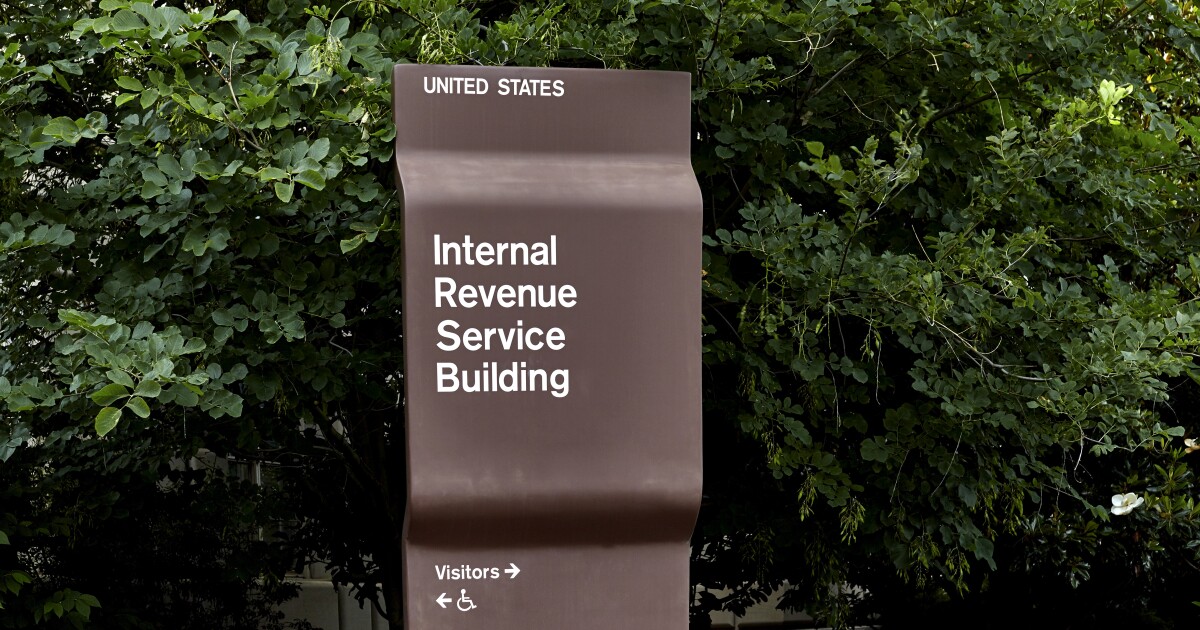Replacing one of the most infamously ineffective tax deductions with a refundable credit would boost homeownership for lower and middle-income households, according to a new study.
The mortgage interest deduction of up to $750,000 per year of the debt incurred on a first or second home for itemizing taxpayers represents one of the many aspects of the Tax Cuts and Jobs Act that is subject to expiration at the end of next year. For many years, economists and other experts have questioned the high cost of roughly $30 billion a year in lost federal revenue and the benefits of an expenditure that so disproportionately flows to wealthy homeowners who can likely afford to buy a house without it. The Tax Cuts and Jobs Act pushed down the mortgage interest deduction from its earlier level of $1 million — which means that it’s one of the revenue-related provisions that will be crucial to the debate in 2025 about extending the law.
“The mortgage interest deduction is doing nothing to encourage homeownership right now,” said Carl Davis, the research director of the Institute on Taxation and Economic Policy, a nonprofit, nonpartisan tax policy organization focused on equity and sustainability in the system.
READ MORE: How taxes reflect and exacerbate racial wealth disparities
“Most people can’t access the deduction,” Davis continued. “Those people who are fortunate enough to get more than a trivial amount of tax cut from this deduction generally already have enough income to become homeowners. Against that backdrop, almost anything would be more effective than the mortgage interest deduction at promoting homeownership. A refundable credit that people with moderate incomes can actually use is certainly one example of a policy that has a better shot than the current system at helping people achieve homeownership.”
Dropping the deduction altogether would generate enough revenue to pay for a 4.7% cut in income tax rates and reduce house prices by 1.66% with only a drop of 60 basis points in the overall rate of homeownership, according to the working research paper released in October and revised last month by Michael Keane of Johns Hopkins University’s Carey Business School and Xiangling Liu of the University of New South Wales in Australia. Switching out the deduction for a fully refundable credit of 24.6% of mortgage interest costs would carry the same revenue impact as the existing policy while leading a surge in homeownership, they concluded.
“Of the policies we analyze, only a refundable mortgage interest credit increases homeownership, especially for low- and middle-income households and young households. These may be important policy goals in themselves,” Keane and Liu wrote. “High income households receive disproportionate benefits from tax preferences in the baseline system, so a policy to rectify this may in fact be desirable.”
The refundable credit would tamp down some of the demand for the largest kinds of housing among the wealthiest households, which, in turn, would lead to a 1.3% drop in home prices. And the homeownership rate would jump 3.6 percentage points to 68.5%, with most of that expansion “concentrated among low- and middle-income households,” the authors said.
READ MORE: Trump and the GOP won a huge election for taxes. Now for the tricky part
They calculated the impact by analyzing statistical models of changes in taxes between 1968 and 2019 with “life-cycle features” incorporating calculations of the differences in demand based on a buyer’s age and the presence of children, as well as other factors. The existing mortgage interest deduction has increased homeownership for lower and middle-income households, but it has done so “at a substantial cost in economic efficiency,” Keane and Liu wrote.
“It leads to two distortions: (1) over consumption of owner-occupied housing and (2) over investment in owner-occupied housing relative to other assets,” they said in the paper. “Our simulations also show the mortgage interest deduction is a regressive policy, as most benefits flow to higher-income households who are induced to buy larger houses.”
With President Donald Trump taking office next month alongside Republican allies in control of both houses of Congress, ambitious tax cuts have emerged as one of the key policy areas for financial advisors, tax professionals and their clients to watch next year.
Keane and Liu also examined the potential impact of taxing “imputed rent” — the estimate of how much a landlord might receive if a tenant lived in the space, after subtracting mortgage interest and other expenses. While that suggestion isn’t likely to garner much support in the current political environment, that policy could pay for a 9.15% cut in income tax rates and slash home prices by 71 basis points due to an accompanying shift toward renting over buying in the marketplace.
READ MORE: 5 tax strategies that pay off in real estate and homeownership
With lawmakers set to debate so many provisions of the Tax Cuts and Jobs Act and much of the tax code hanging in the balance of fraught negotiations and numbers, such research could prove helpful. Homeownership comprises a frequent policy goal, a feature of what is known as the American Dream and, through property taxes, another aspect of state and local duties subject to a different expiring limitation under the law. So next year’s debate could leave a big mark on tax rules focused on homeownership.
It currently has “three important tax advantages,” according to Keane and Liu. “Home mortgage interest is tax deductible, the implicit rental income on owner-occupied housing is not taxed, and capital gains from owner-occupied home sales are largely untaxed.”


 Personal Finance1 week ago
Personal Finance1 week ago
 Economics1 week ago
Economics1 week ago
 Economics5 days ago
Economics5 days ago
 Economics1 week ago
Economics1 week ago
 Economics5 days ago
Economics5 days ago
 Finance5 days ago
Finance5 days ago
 Economics5 days ago
Economics5 days ago
 Economics3 days ago
Economics3 days ago












